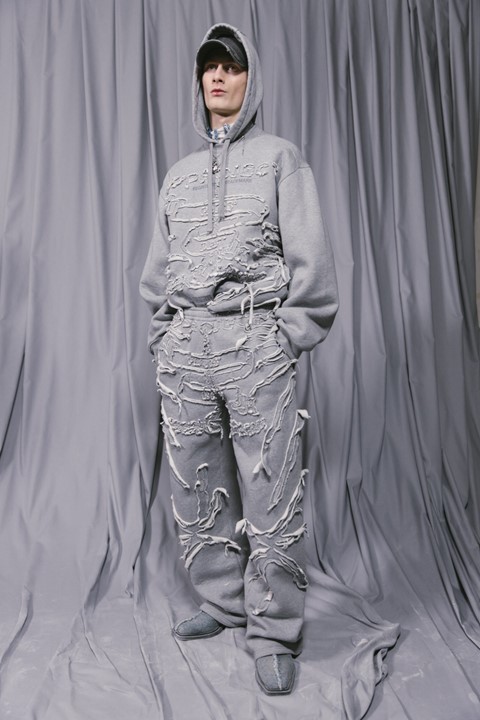Romford has introduced a rule which bans people wearing hoods, ski masks, and motorcycle helmets in the town’s shopping areas
A new rule has been introduced in Romford which bans people from putting up hoods in the town centre’s shopping areas. Ski masks and motorcycle helmets are also forbidden, while face coverings for religious or health reasons are still allowed.
The scheme was launched on April 18 after town leaders said they saw a “rise in anti-social behaviour”. The initiative, introduced by Romford Business Improvement District, has been backed by local councillors and police officers.
Posters have been put up in Romford explaining the new rules. Anyone who breaks the rules will be asked to leave, and police will be called if “there is any aggression”.
While there is some support for the new measures, they have also been widely criticised. Jon Yates, executive director of the Youth Endowment Fund, told the Guardian: “Hoodies tend to be worn by young people, so it’s labelling a whole group as negative. It’s quite draconian to stop people wearing what they want.” Others were more to the point. “It’s the most stupid thing I’ve ever heard in my life,” Mohamed Amraoui, a 24-year-old prison officer from Romford, said.
The plans certainly do seem stupid. Youth crime rates are actually falling, with the number of children who received a caution or sentence falling by 79 per cent over the last ten years. Additionally, the number of first time entrants to the youth justice system fell by 10 per cent between March 2021 and March 2022, with a 78 per cent fall from March 2012. With this in mind, it seems asburd that Romford are whipping up a moral panic about the (imagined) threat of swathes of hooded, delinquent youths.
Of course, the issue of youth crime is not totally ’solved’. But it’s unclear how banning hoodies will address this – speaking to the Guardian, Yates pointed out that there is no evidence to suggest that banning hoodies helps reduce crime. We should be focusing on tackling the problem at the root – by addressing poverty and improving youth mental health services, for starters – instead of outlawing athleisure. Plus, as 18-year-old Saleem Ahmed, another Romford local interviewed by the Guardian, said: “What if it’s raining?”
Hoodies have been a contentious piece of clothing for decades. In 2005, Tony Blair backed a ban on wearing hoodies and baseball caps in Kent’s Bluewater shopping centre, in keeping with the crackdowns on antisocial behaviour and fear of so-called ‘chavs’ which proliferated under Blair’s premiership.
Following the ban, David Cameron delivered his famous ‘hug a hoodie’ speech in which he argued that society should treat young offenders with more empathy. “We – the people in suits – often see hoodies as aggressive, the uniform of a rebel army of young gangsters,” he said. “But, for young people, hoodies are often more defensive than offensive. They’re a way to stay invisible in the street. In a dangerous environment the best thing to do is keep your head down, blend in, don’t stand out.” Cameron’s suggestion that we should try a ‘gentler’ approach towards the issue of youth violence and crime wasn’t remiss, but following his election in 2010, he did little to actually help Britain’s youth.
It looks as though this hostility towards young, working-class people which dominated the political discourse in the mid-2000s is set to make a comeback. On top of this new Romford hoodie ban, the Tories are planning on introducing harsher fines for graffiti, banning laughing gas, and ramping up police presence in ‘anti-social behaviour hotspots’. Meanwhile, Labour are proposing the introduction of a new form of ASBO called ‘Respect Orders’ and Keir Starmer is crying about the smell of weed “ruining lives”.
In a recent speech on Labour’s new crime policies, Yvette Cooper defended New Labour’s “tough on crime” stance, saying “it was right then, it’s right now. It’s what we did then, it’s what we’ll do again.” But given that there’s evidence to suggest that ASBOs were disproportionately used to target society’s most vulnerable people – including those with mental health problems, substance abuse issues and learning disabilities – it seems more likely that this villification of working-class kids was wrong then, just as it’s wrong now.




